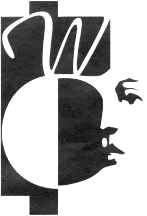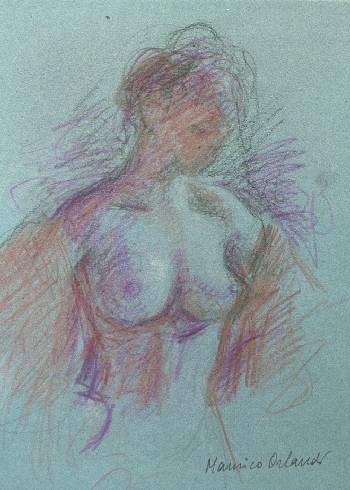
BREAST LIFT
![]()
Mastopexy
The search for physical beauty is not a phenomenon of modern times. Throughout history, people have used various methods to enhance their appearance and conceal what they believed to be imperfections. For many women, the size, shape and contour of their breasts are of particular importance. Today, women who are disturbed by sagging or loose breasts as a result of pregancy, weight loss or natural aging can be helped by a remarkable surgical technique called breast lift or mastopexy. This procedure is designed to elevate and reshape the breast. The size of the areola, the dark, pink skin circling the nipple, can also be reduced through the procedure. Mastopexy is often performed in conjunction with surgery designed to enlarge the breast.


